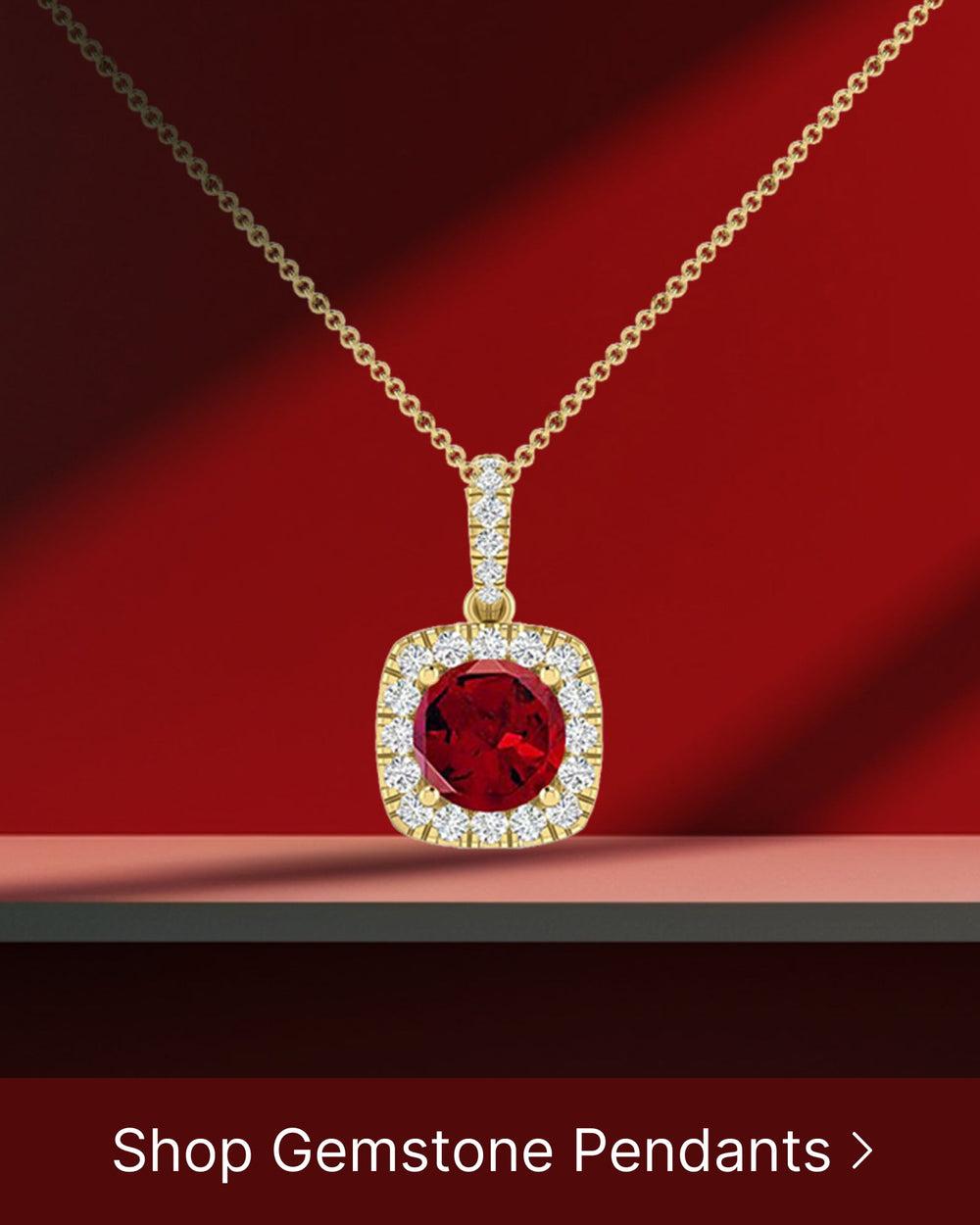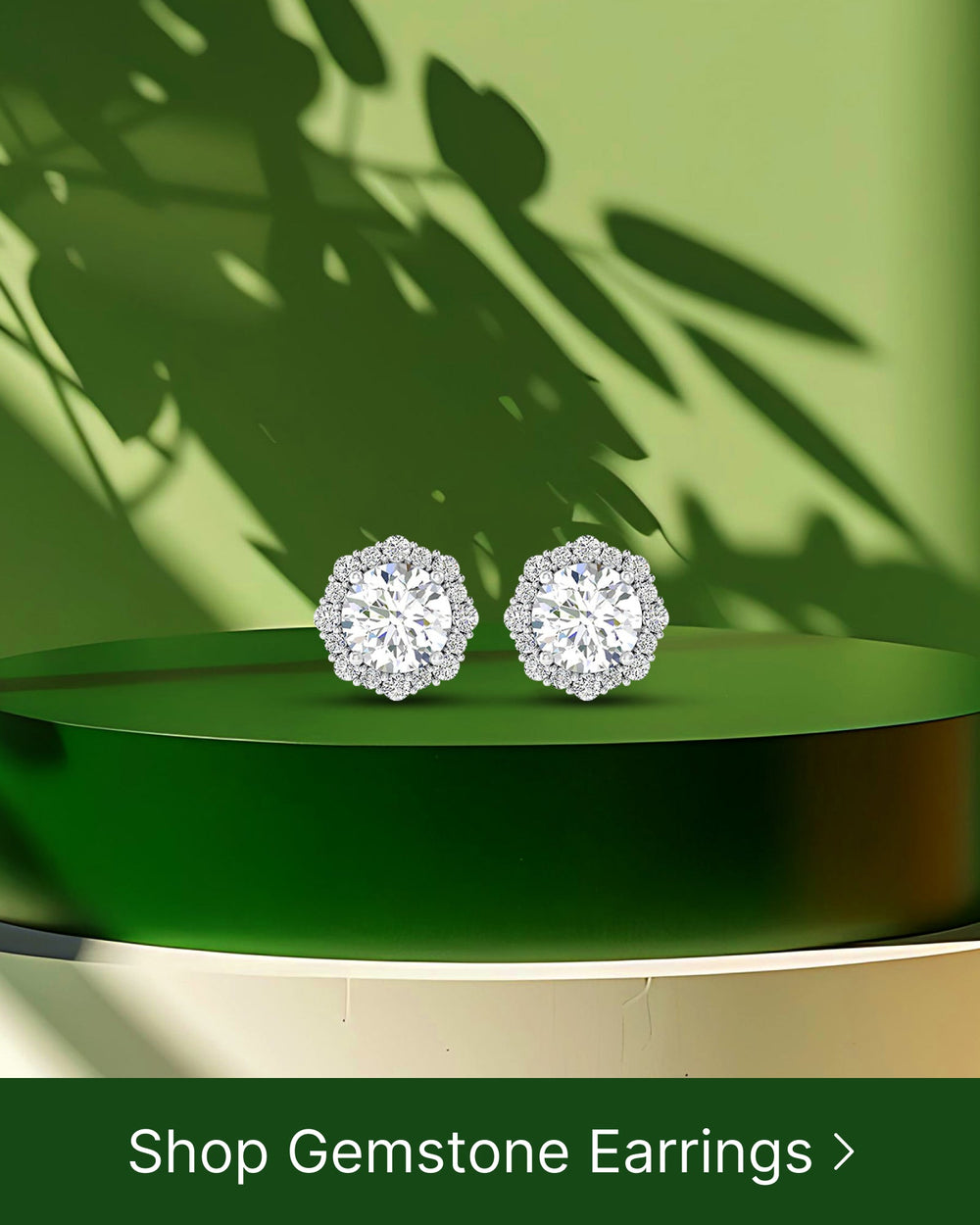Aquamarines are one of the most beloved gemstones in the world of jewelry. Their captivating blue hues and undeniable beauty make them highly sought after by collectors, enthusiasts, and fashion-conscious individuals alike. Yet, beyond their aesthetic appeal, aquamarines also hold significant historical and geological value. In this article, we will delve into the origins, grading system, factors influencing their value, their place in the jewelry market, and how to care for these precious gemstones.
The Origin and History of Aquamarines
Aquamarines owe their existence to remarkable geological processes that unfolded over millions of years. These mesmerizing gemstones are a variety of the mineral beryl and owe their distinctive blue color to trace amounts of iron. They are primarily found in locations with granitic pegmatites, such as Brazil, Colombia, Madagascar, and Zambia.
Throughout history, aquamarines have held a special place in numerous cultures. Ancient civilizations believed that aquamarines had the power to calm the sea and protect sailors at sea. In addition to their alleged protective qualities, aquamarines were also associated with tranquility, good luck, and eternal youth.
Aquamarines have a fascinating geological formation process that begins deep within the Earth's crust. As magma cools and solidifies, it forms large crystals known as pegmatites. These pegmatites can take millions of years to form, as the slow cooling process allows for the growth of large and pure crystals. Over time, these pegmatites can undergo weathering and erosion, exposing aquamarine deposits within the rock. The crystals are subsequently extracted and cut into gemstones of various shapes and sizes.
Historically, aquamarines have been favored by royalty and nobility. Ancient kings and emperors adorned themselves with these beautiful gemstones as a symbol of power and wealth. Furthermore, aquamarines were believed to possess mystical properties that fostered tranquility and protected against adversaries, making them highly coveted among warriors and diplomats.
In addition to their use as symbols of power and protection, aquamarines were also valued for their alleged healing properties in ancient times. They were thought to alleviate ailments of the eyes, throat, and stomach. Their calming energy also made them popular choices for meditation and spiritual practices.
Today, aquamarines continue to captivate people with their stunning beauty and rich history. They are treasured as birthstones for those born in March and are often used in jewelry designs to create elegant and timeless pieces. Whether worn for their aesthetic appeal or believed metaphysical properties, aquamarines remain a beloved gemstone that connects us to the wonders of the Earth's geological processes and the cultural significance they hold.
The Grading System for Aquamarines
Understanding the grading system for aquamarines is essential for evaluating their quality and value. Primarily, three factors are considered: color, clarity, and cut. These factors play a crucial role in determining the desirability and market price of aquamarine gemstones.
When it comes to color, the most prized aquamarines exhibit a delicate blue hue reminiscent of the clear waters of the ocean. The presence of green undertones can diminish their value. The color of an aquamarine is influenced by the presence of trace elements such as iron. The purer and more intense the blue color, the higher the value of the gemstone. Aquamarines with a pale or washed-out color are generally considered less desirable.
Additionally, the clarity of an aquamarine is crucial, as gemstones with minimal inclusions and high transparency are highly desirable. Inclusions are internal flaws or imperfections that can affect the overall appearance and brilliance of the gemstone. The presence of inclusions can reduce the value of an aquamarine, especially if they are visible to the naked eye. However, it is important to note that some inclusions, such as delicate feather-like formations, can create unique and desirable patterns within the gemstone.
It is important to note that aquamarines can undergo heat treatment to enhance their color and clarity. This common practice is widely accepted in the industry as long as it is disclosed to buyers. Heat treatment involves subjecting the gemstone to high temperatures to remove or reduce the visibility of inclusions and enhance the color. This process can significantly improve the overall appearance and value of the aquamarine.
Cut and Carat Weight Importance
The cut of an aquamarine greatly influences its brilliance and overall visual appeal. Well-cut gemstones reflect light in an enchanting manner, enhancing their beauty. The cut refers to the angles and proportions of the facets on the gemstone's surface. A well-cut aquamarine will have symmetrical facets that allow for maximum light reflection, resulting in a dazzling display of color and sparkle.
As for carat weight, larger aquamarines are relatively rarer and, therefore, command higher prices. However, it is essential to strike a balance between size and other factors, as gemstones with superior color and clarity can still hold substantial value, even if they are not large in size. It is worth noting that the value of an aquamarine increases exponentially with size, as larger gemstones are more challenging to find and cut without compromising their quality.
In addition to the traditional round and oval cuts, aquamarines can be found in various shapes and cuts, including emerald, pear, marquise, and cushion cuts. Each cut showcases the gemstone's unique color and brilliance in different ways, allowing for a wide range of design possibilities in jewelry.
When evaluating the overall quality and value of an aquamarine, it is crucial to consider all these factors in conjunction with each other. A high-quality aquamarine will exhibit a vibrant blue color, excellent clarity, a well-cut shape, and an appropriate carat weight. By understanding the grading system and the factors that contribute to the value of aquamarines, buyers can make informed decisions and appreciate the beauty of these captivating gemstones.
Factors Influencing the Value of Aquamarines
Various elements contribute to the value of aquamarines beyond the grading system. Understanding these factors can aid both buyers and sellers in making informed decisions.
Impact of Size and Quality
As with most gemstones, the interplay between size and quality significantly influences an aquamarine's value. Large, high-quality gemstones are more rare and, therefore, more valuable. Conversely, small, flawed aquamarines will have a lower market value.
Additionally, the overall demand for aquamarines and market trends can also affect their value. Rising popularity and limited supply can drive prices higher, whereas changes in fashion or the discovery of new deposits may cause fluctuations in value.
Role of Rarity and Demand
Rarity plays a significant role in determining the value of aquamarines. Gemstones that are exceptionally rare, such as those with intense or pure blue coloring, can command a premium price due to their scarcity. On the other hand, aquamarines with less sought-after qualities may have lower market values.
The demand for aquamarines is influenced by various factors, including fashion trends, cultural preferences, and the gem's versatility in jewelry design. High demand can drive up prices, particularly for well-cut aquamarines of exceptional quality.
Aquamarines in the Jewelry Market
Aquamarines have long been favored by jewelry designers due to their mesmerizing beauty. These gemstones offer a wide range of design possibilities, making them highly versatile in creating stunning pieces of jewelry.
Popular Aquamarine Jewelry Designs
Aquamarines are often incorporated into various types of jewelry, including rings, necklaces, earrings, and bracelets. Their soothing blue hue adds a touch of elegance and sophistication to any design.
One popular design is the classic aquamarine solitaire ring, which showcases the gem's beauty in a timeless setting. Aquamarines are also frequently used in combination with other gemstones, such as diamonds or sapphires, to create eye-catching and vibrant pieces of jewelry.
Aquamarine Pricing in the Market
The pricing of aquamarine jewelry can vary greatly depending on factors such as the quality, size, and design of the piece. High-quality pieces set in precious metals and featuring intricate designs will naturally command higher prices.
It is important for buyers to work with reputable jewelers who provide detailed information about the aquamarine gemstones used in their jewelry. This transparency allows customers to make informed decisions and ensure they are getting a fair price for their purchase.
Caring for Your Aquamarine Jewelry
Proper care is essential to maintain the beauty and longevity of aquamarine jewelry. By following a few simple guidelines, you can ensure that your precious pieces remain as stunning as the day you acquired them.
Cleaning and Maintenance Tips
Regular cleaning is crucial to remove dirt, oils, and other substances that can dull the shine of your aquamarine jewelry. Use a soft brush, mild soap, and warm water to gently clean the gemstone. Avoid using harsh chemicals or ultrasonic cleaners, as these can damage the stone.
It is also advisable to remove aquamarine jewelry before engaging in activities that may subject it to impact or abrasion. This reduces the risk of scratches or chips, preserving the gemstone's pristine appearance.
Proper Storage and Handling
When not wearing your aquamarine jewelry, store it in a soft cloth or a padded jewelry box to minimize exposure to dust and potential damage. Avoid direct sunlight and extreme temperature changes, as these can cause color fading or even fracture the gemstone.
Furthermore, it is important to handle your aquamarine jewelry with care. Avoid exposing it to excessive force or sharp objects that can scratch or chip the gemstone. When wearing multiple pieces of jewelry, ensure they do not come into direct contact, as this can cause wear and tear.
With proper care, aquamarine jewelry can be treasured for years to come, allowing you to enjoy its remarkable beauty and symbolic value.
In conclusion, understanding the value of aquamarines goes beyond their aesthetic appeal. Exploring their origin, learning about the grading system, recognizing the factors influencing their value, appreciating their place in the jewelry market, and adopting proper care practices add depth to the significance of aquamarines. Their journey from the depths of the Earth to the exquisite jewelry pieces they become truly highlights their value and allure. Whether you are an avid collector, an admirer of fine gemstones, or someone considering aquamarine jewelry, embracing this knowledge will enhance your appreciation of these captivating, blue gemstones.





